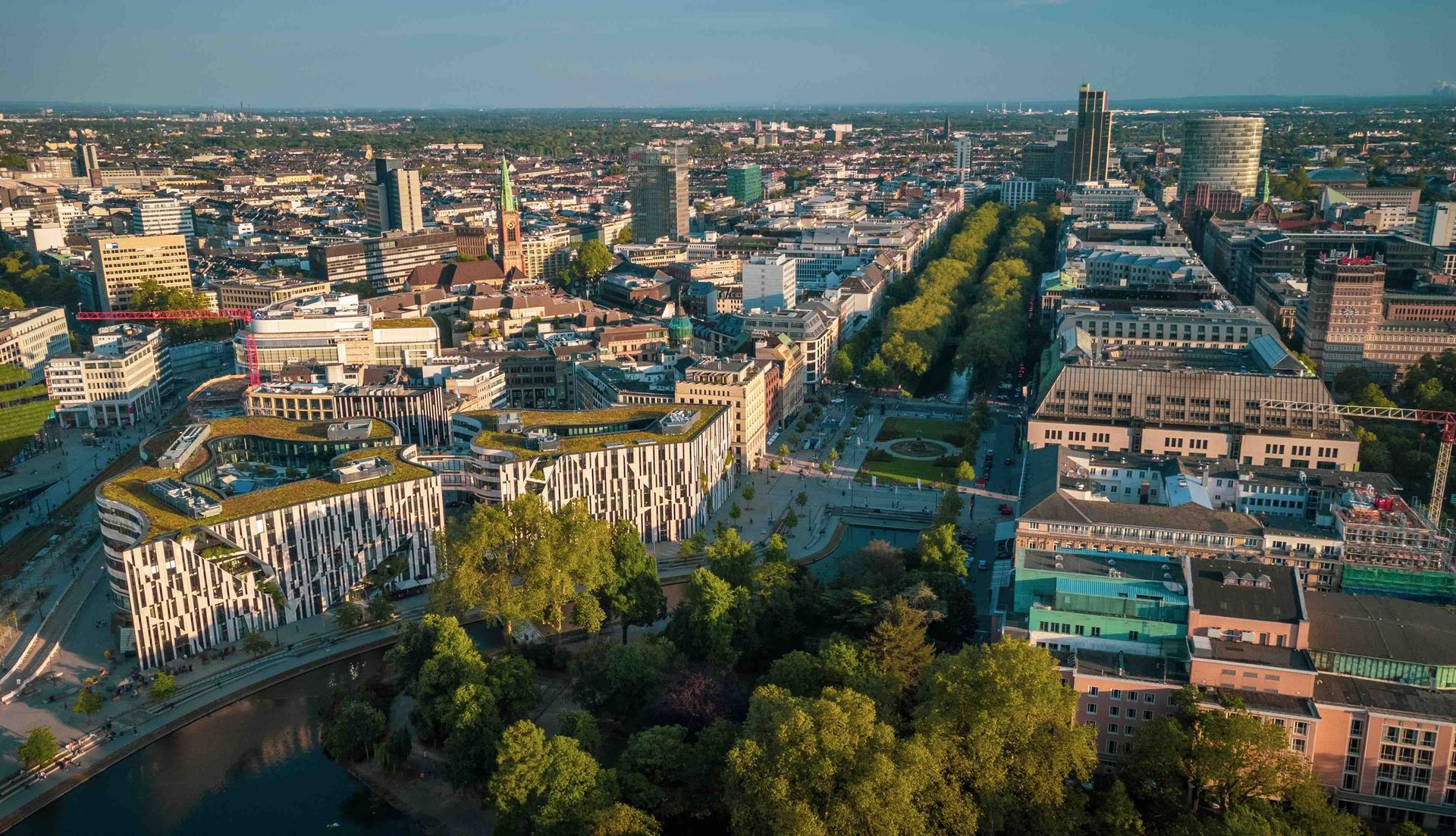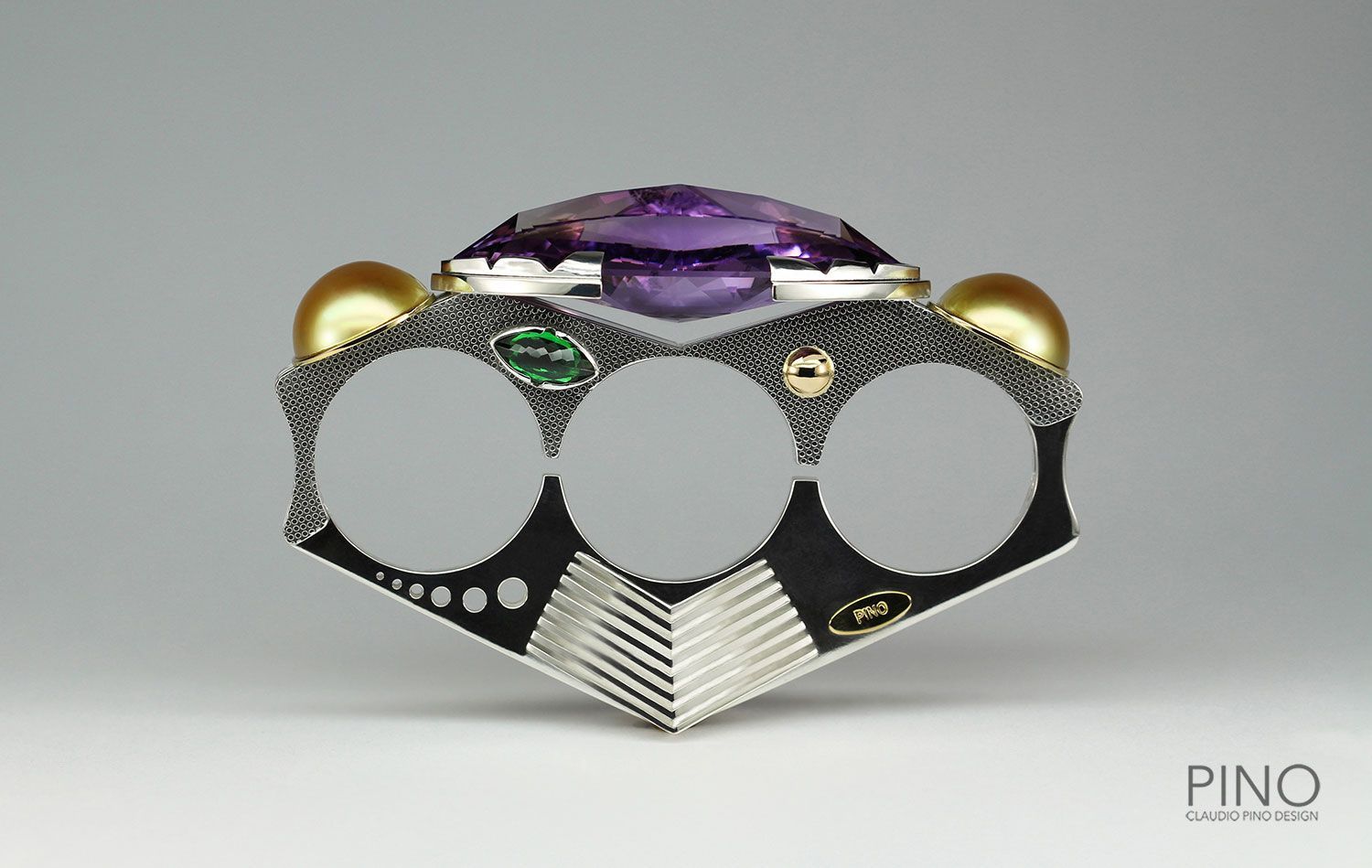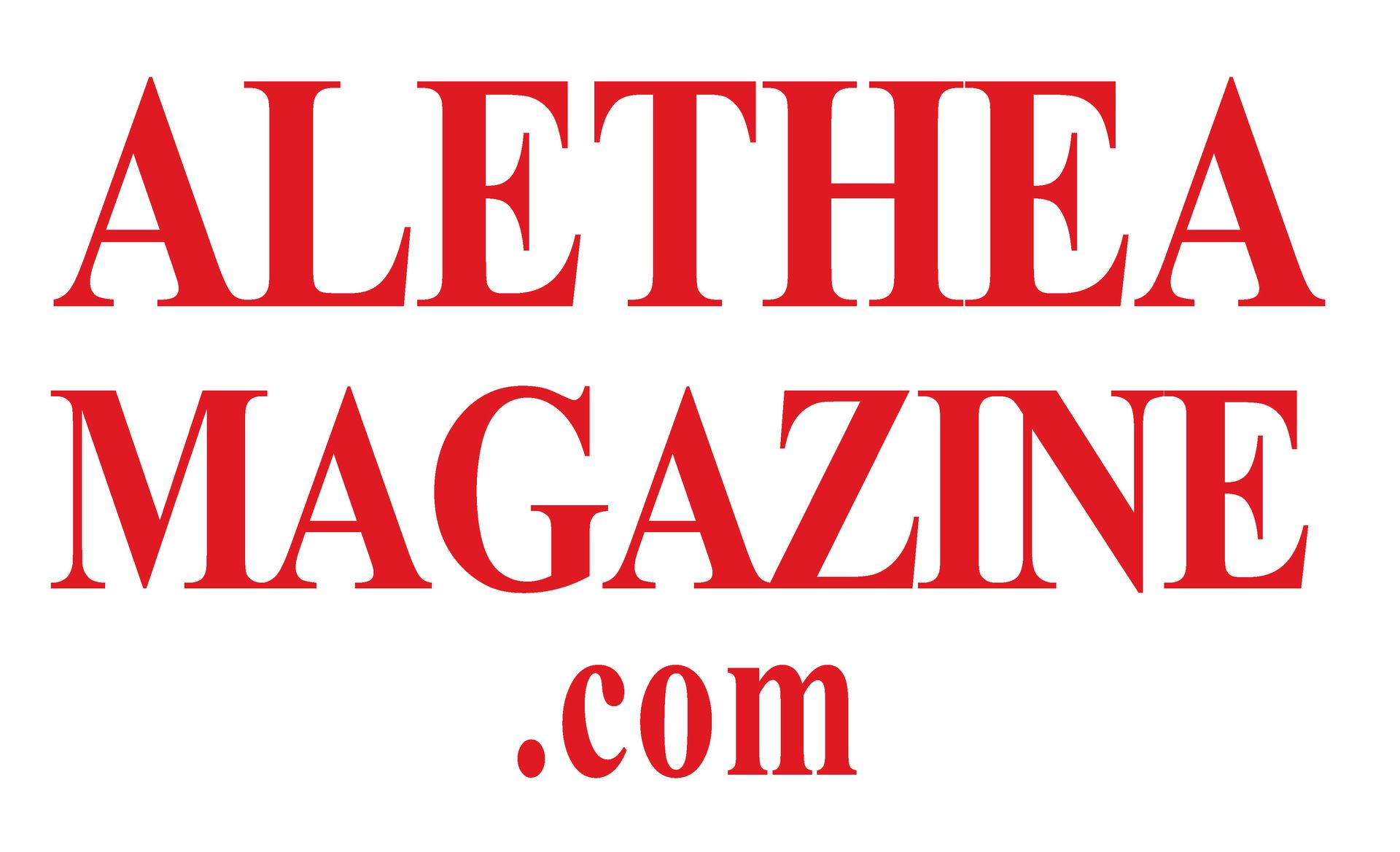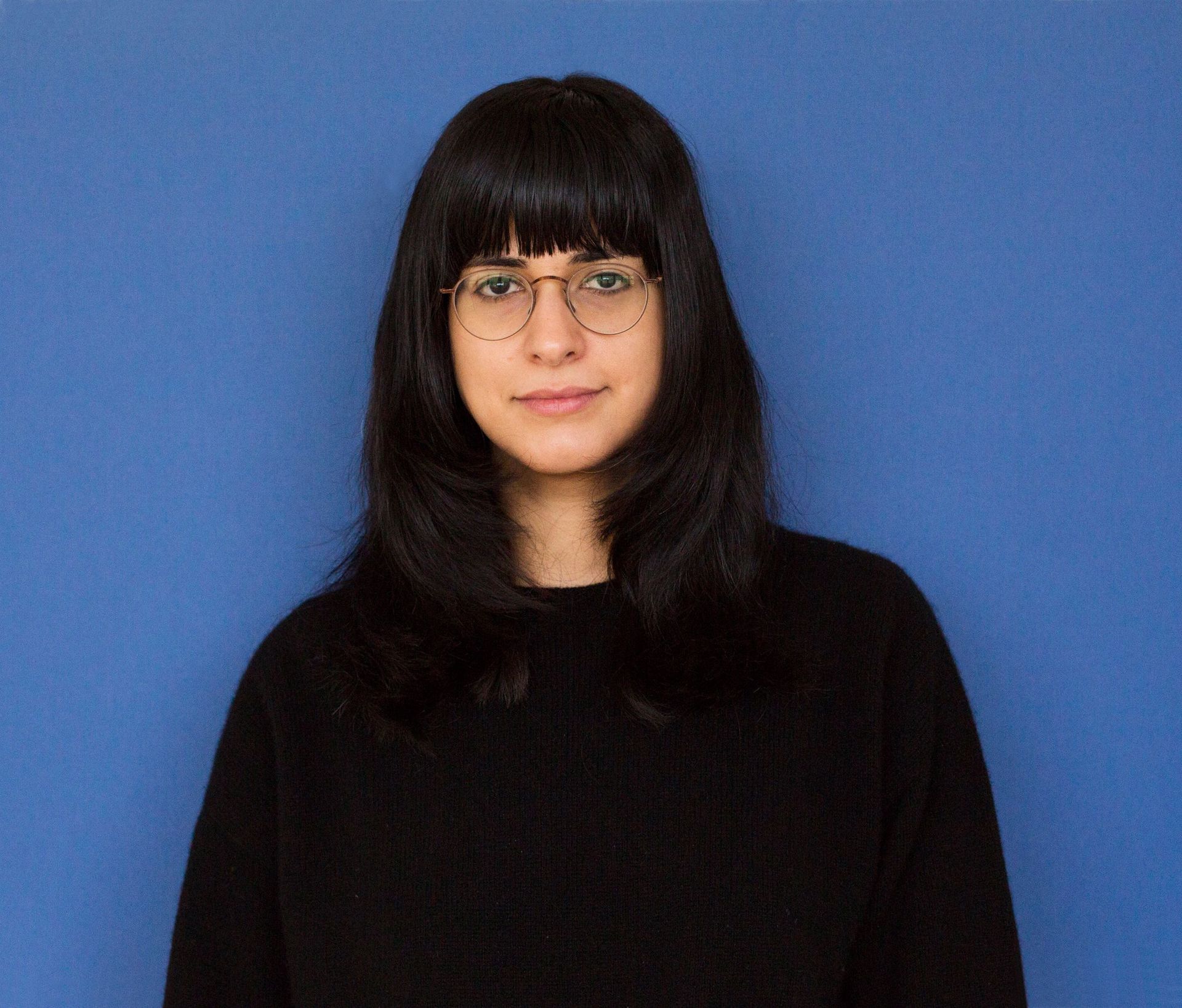Dusseldorf, 2 September 2023
Leica Galerie Düsseldorf shows "Stadt | Land | Fluss", a theme of the Oskar Barnack Award.
It is about the relationship from humans to their environment in the works of the award winner Julio Bittencourt and the nominees
Tom Hegen and Nanna Heitmann.

©Leica Gallery
Düsseldorf, 2 September 2023: The rooms of the Leica Gallery Düsseldorf are usually more crowded than at other Vernissages in the art city of Düsseldorf. In addition to the classic art-opening goers, who are simply everywhere, it is of course due to photography enthusiasts who flock to every exhibition. After all, the Leica Gallery is all about expertise and technique. And in almost all cases, the artists themselves come to the opening. There are names like the German actor and world star Lars Eidinger with his exhibition "Black & White Thinking". Film director and photographer Franziska Stünkel showed her twelve-year cycle of works "Coexist". An exhibition by Steve McCurry - "The Eyes of Humanity" was also shown in Düsseldorf. Whether on aircraft carriers, in the Kazakh spaceport Baikonur or on the Great Wall of China, Frank Kayser's sensational series "My Territory" was also shown.
Barnack is considered the inventor of the 35-mm 35mm camera
Now everything revolves around the group exhibition "Stadt | Land | Fluss" (City | Country | River), three very different series but with the theme of man's relationship to his environment. All three are winning or finalist series of the Leica Oskar Barnack Award. The award was first announced in 1979. In that year, Oskar Barnack would have turned 100. Barnack is considered the inventor of the 35-mm 35mm camera. Born in Lynow in 1879, he first did an apprenticeship as a precision mechanic before going on an educational journey. First he worked for Optischen Werken Carl Zeiss and then later as a master mechanic for the microscope manufacturer Ernst Leitz. In private work he developed the first 35 mm camera in 1913/14. The First World War delayed further development, so that the first Leica (for Leitz Camera) was mass-produced from 1924 (Wikipedia).
The Oskar Barnack Award
is a prize awarded to photographers for outstanding photo series. The prerequisite is that the photo series must deal with the relationship of man to his environment. The group exhibition will show the works of the award winner Julio Bittencourt and the nominees Tom Hegen and Nanna Heitmann.
Julio Bittencourt - In a window of Prestes Maia 911 building
Born in Brazil in 1980, Julio Bittencourt grew up in São Paulo and New York. The self-taught photographer has been working as a photographer since 2000 and as a freelance photographer since 2006. The award-winning series "In a Window of Prestes Maia 911 Building" was published as a book in 2008. He already received the Oskar Barnack Award in 2007.
Julio Bittencourt documented living conditions in a decaying apartment block in his hometown of São Paulo as excerpted glimpses of all-too-cramped neighbourhoods. His poetically staged peepshows tell of poverty and suffering, but also of the dignity of life. The photographer was inspired to take this unusual route by his own childhood memories: "I grew up in one of those countless buildings that formed São Paulo into a megacity. Here, people mostly communicate through the windows," says Bittencourt.
Tom Hegen - Coal Mining Germany
Tom Hegen was born in Königsbrunn, Bavaria, in 1991 and studied communication and graphic design in Augsburg and Konstanz. After working in a Munich design agency, he has been working as a freelance photographer since 2017 and specialises in environmental topics as an aerial photographer. His work has already been awarded numerous renowned creative prizes. The German aerial photographer's series was taken last year over the largest lignite mining areas in eastern Germany. Hegen's photographs show the devastation of the landscape from a great height in surprising beauty, bright colours and exciting symmetry. From this perspective, the devastating consequences for the landscape as well as the complex relationship between humans and the environment become all the more impressively visible. "I want to use my photographs to raise awareness of the powerful impact humans have on the environment," says Hegen. "However, in view of the huge dimensions that these interventions take on, every individual should ask themselves whether the course of events can be accepted as 'nature-given' or whether there is a need for a greater sense of responsibility and a path towards more sustainable development."
Nanna Heitmann - Hiding from Baba Yaga
The German-Russian documentary photographer was born in Ulm in 1994, she studied photojournalism and documentary photography in Hanover. Her work deals with issues of isolation - physical, social and spiritual. Heitmann has been a Magnum Photos nominee since 2019.
A seemingly endless river, enchanted forests and people in search of freedom: in her series, which won her the 2019 LOBA Newcomer award, Nanna Heitmann documented life along the Yenisei, one of the longest rivers on earth. Like a common thread, it guided the photographer through Siberia. "For my photo project, I borrowed a Russian jeep and camping equipment from friends and drove with a few image inspirations and possible destinations in mind towards the Republic of Tuva. It is part of the Russian Federation and is located in the south of Siberia," the photographer explains. The Yenisei River rises in the Republic of Tuva, on the border with Mongolia, and meanders northwards, where it finally flows into the Arctic Ocean. Heitmann followed its course through the harsh wilderness of the taiga, a region rich in myths.
Read also
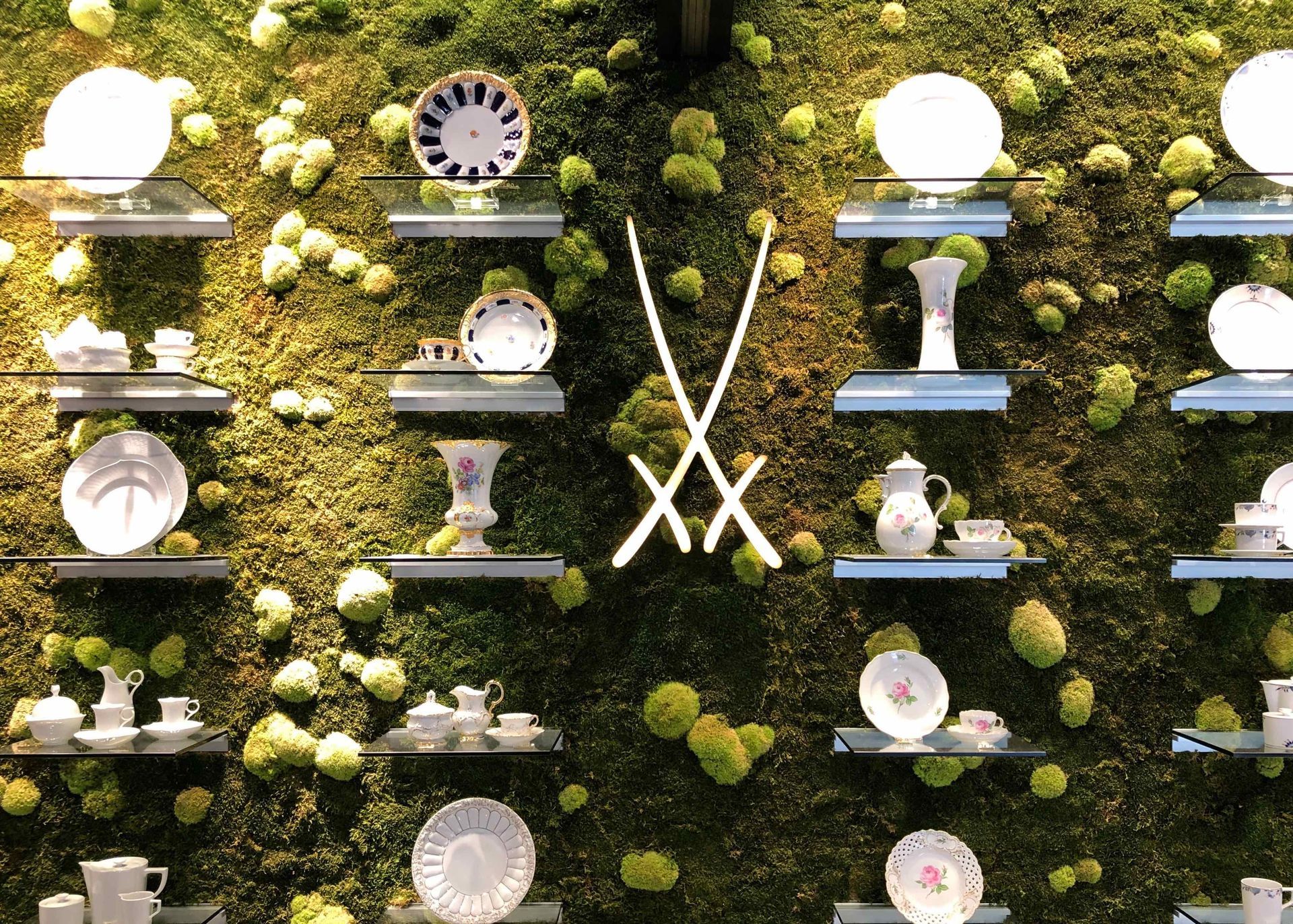
"The luminosity of our colours is unique.“ Liane Werner, Art Director, Porzellan-Manufaktur Meissen. Read more on Alethea Talks.
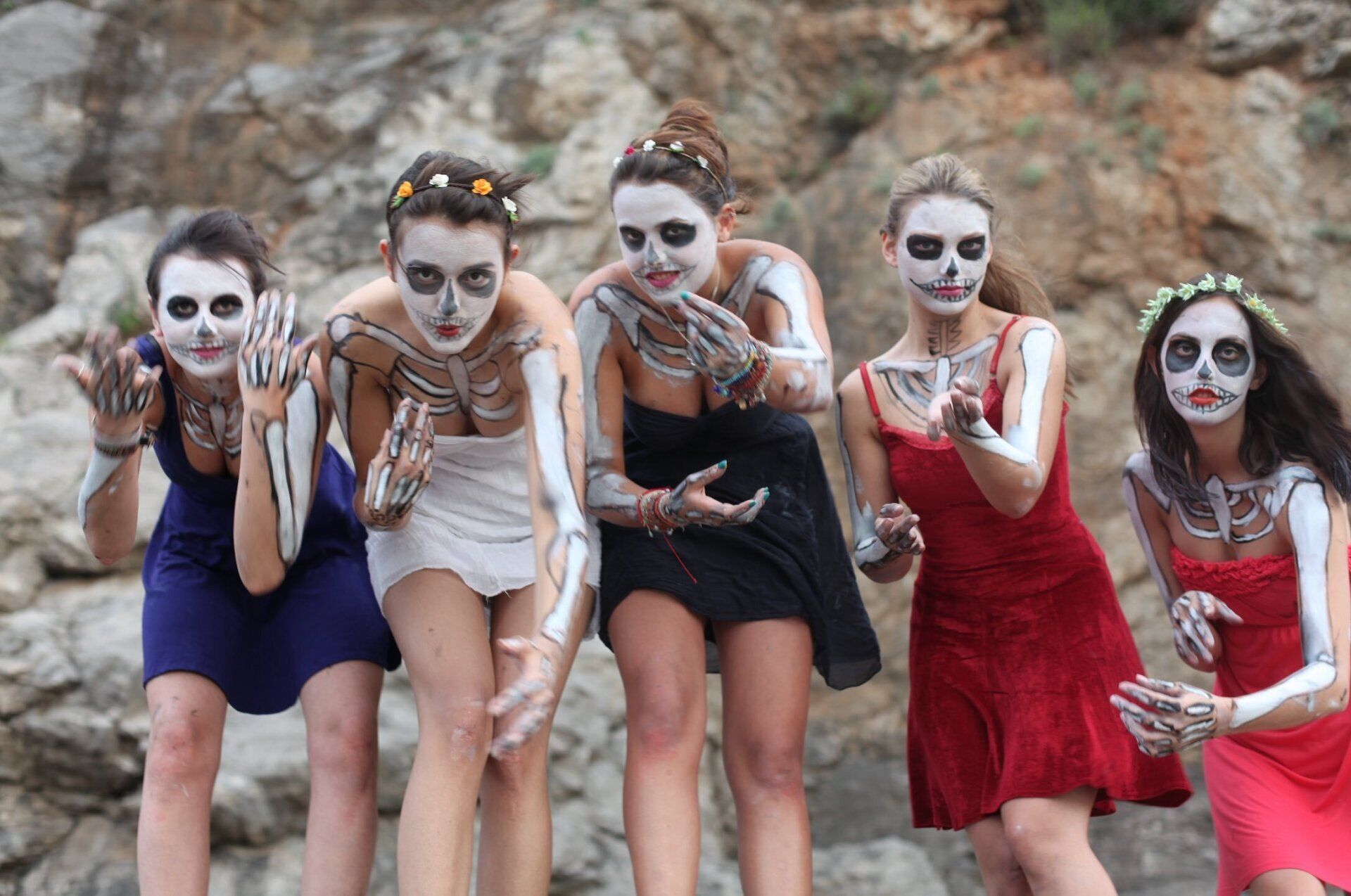
Claudia van Koolwijk "I find correspondences in the people who surround me or whom I meet." On the sad news of the death of the incredible artist Claudia van Koolwijk we repost the interview. Read more on Alethea Talks.
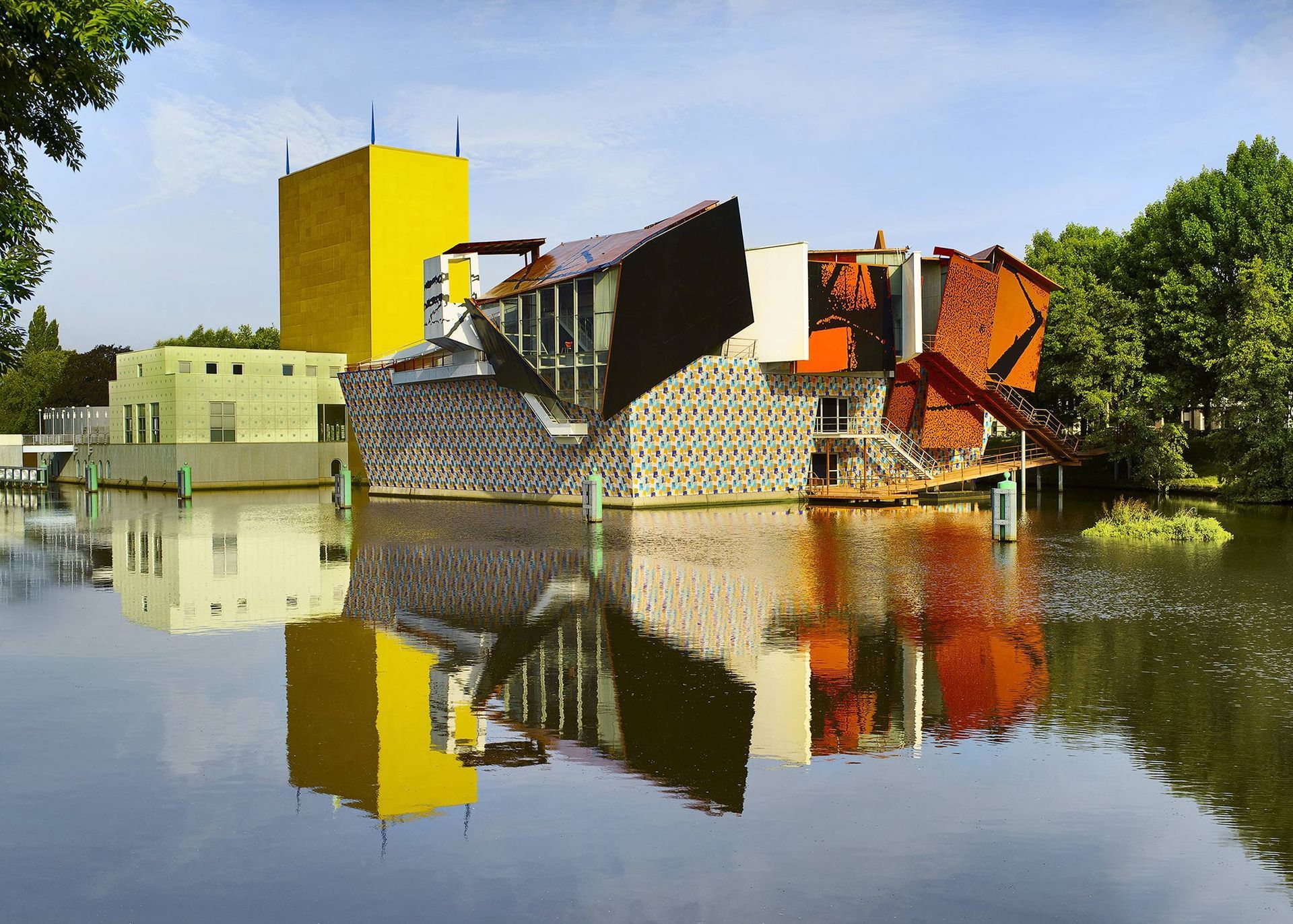
Groninger Museum, 2020-2021 © Peter Tahl
Art Calendar, 25 July 2023 by Lizzie M.
The Rolling Stones Unzipped at the Groningen Museum. Why the Rollings Stones deserve their place in art history.
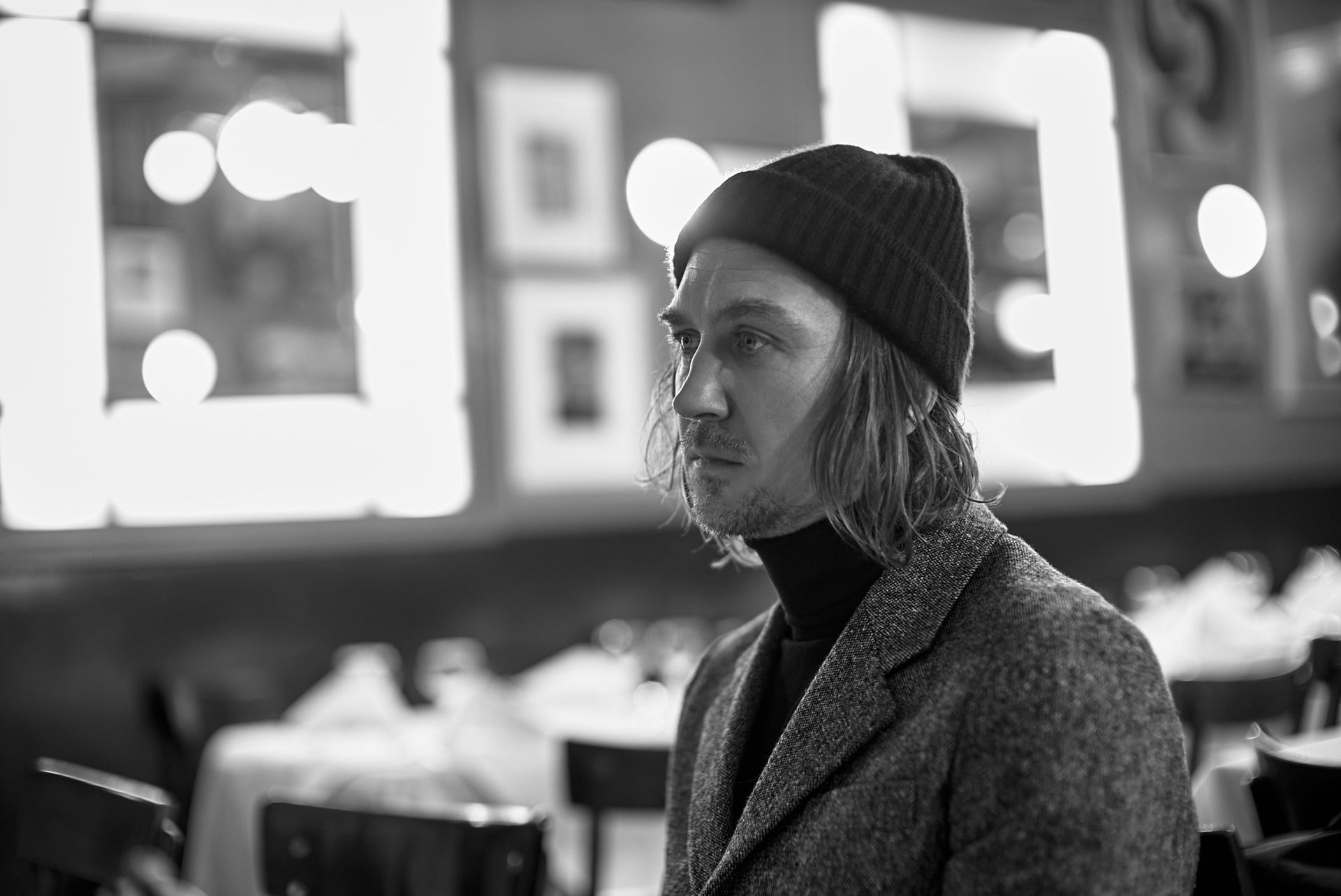
Lars Eidinger ©Franziska Stünkel
Lars Eidinger: "My highest demand on myself is to be honest with myself." Read more on Alethea Talks.
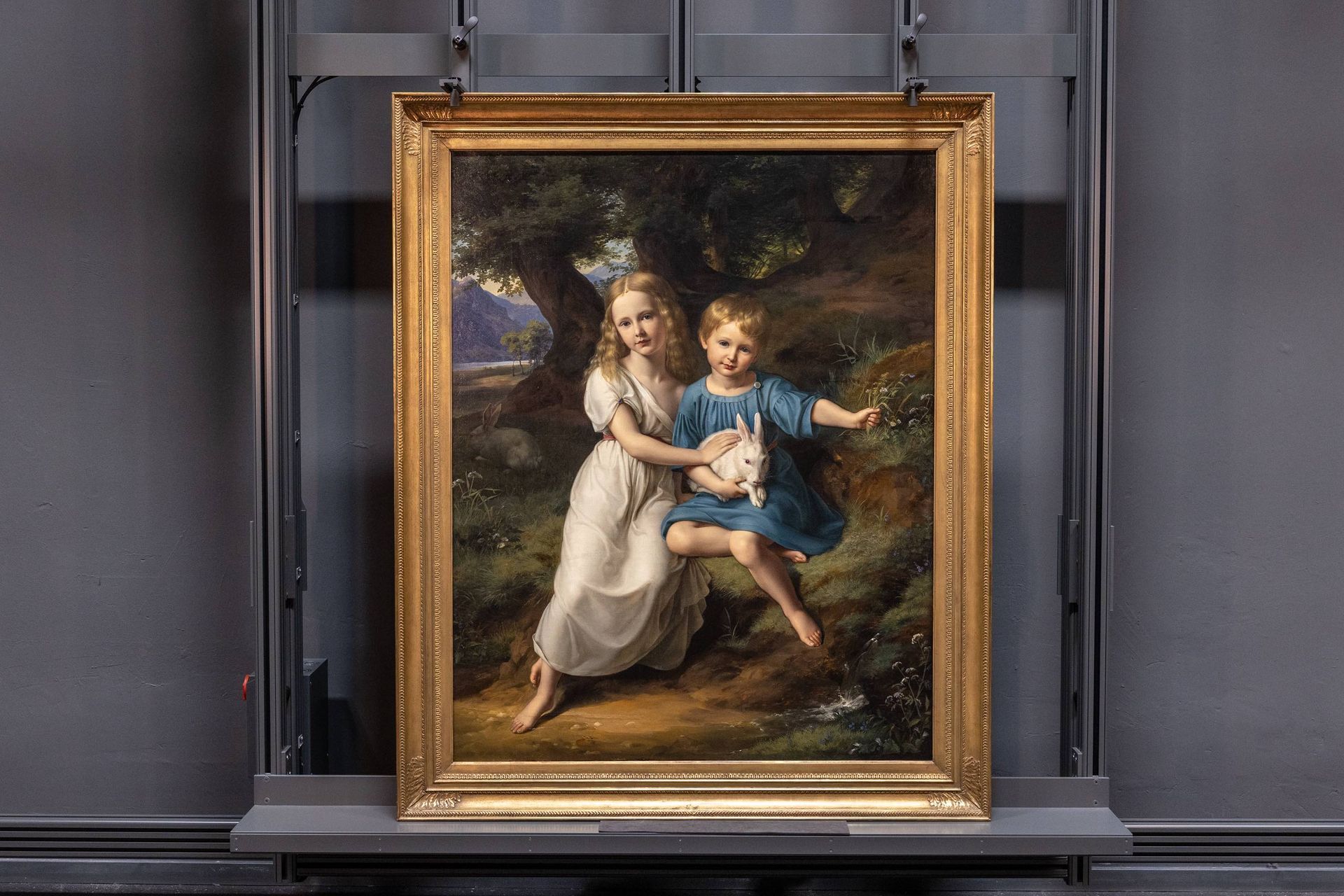
Dr. Clarence Epstein: “And here we are. The settlement is behind us and is a good conclusion.“ Read more on Alethea Talks.
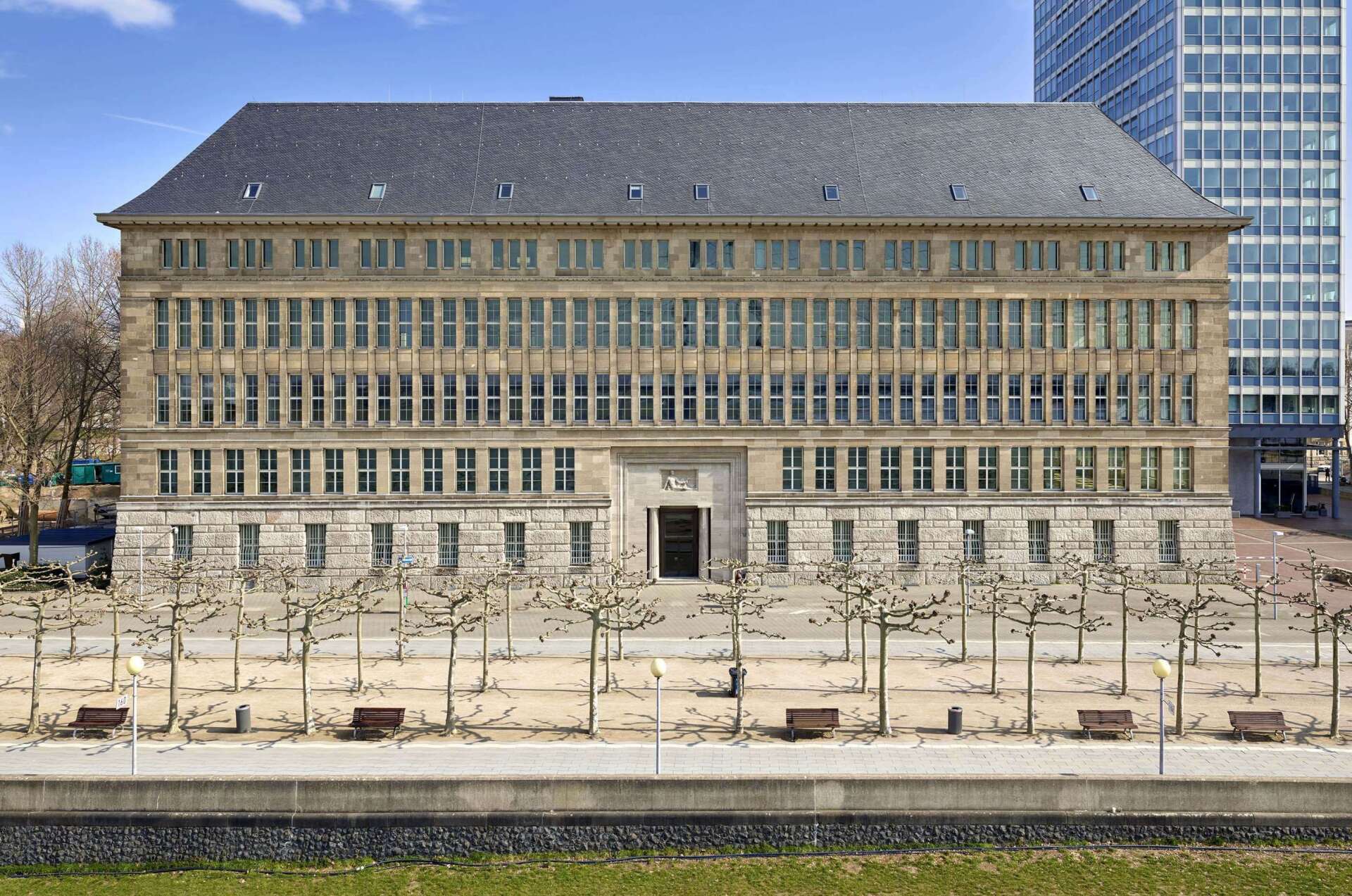
©Axel Thunker
Düsseldorf, 24 May 2023
The Behrensbau is unique in the world It is named after its architect Peter Behrens, a universal genius in whose office Mies van der Rohe, Le Corbusier and Hans Walter Gropius worked at times.
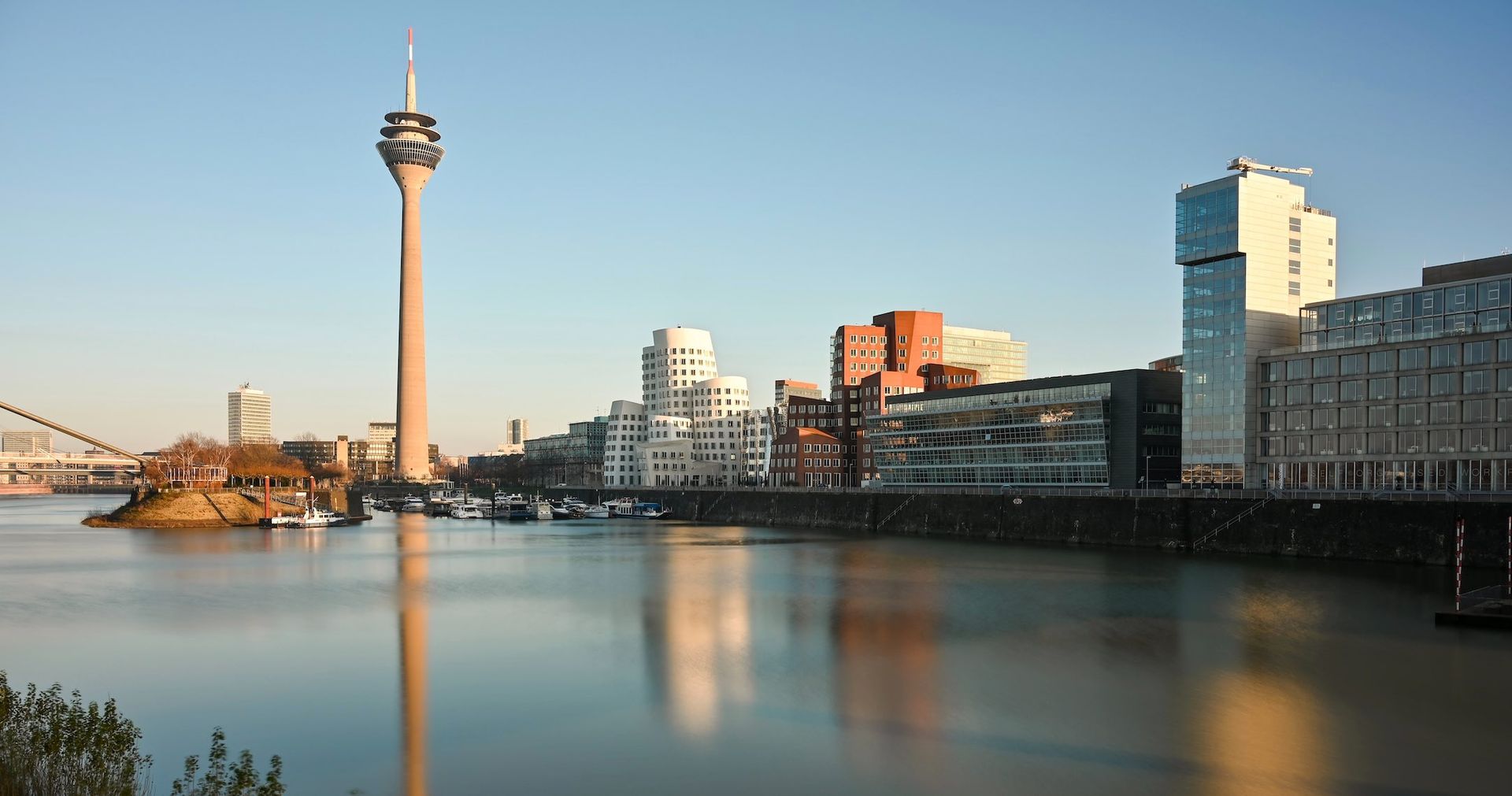
Do you already know Düsseldorf? The most important dates from Lifestyle, Art, Fashion, & Gourmet in 2023.
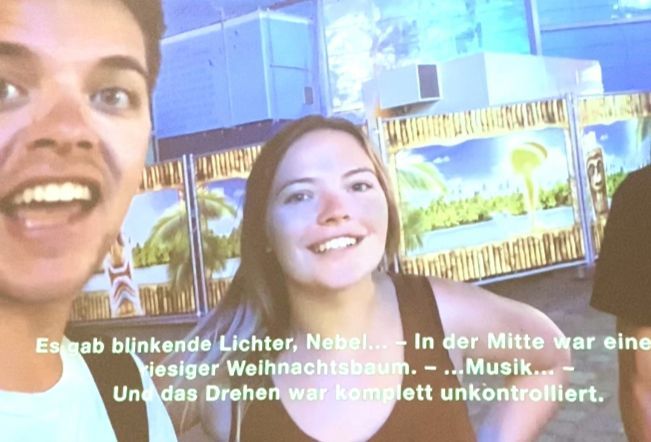
YOU MIGHT BE INTERESTED?
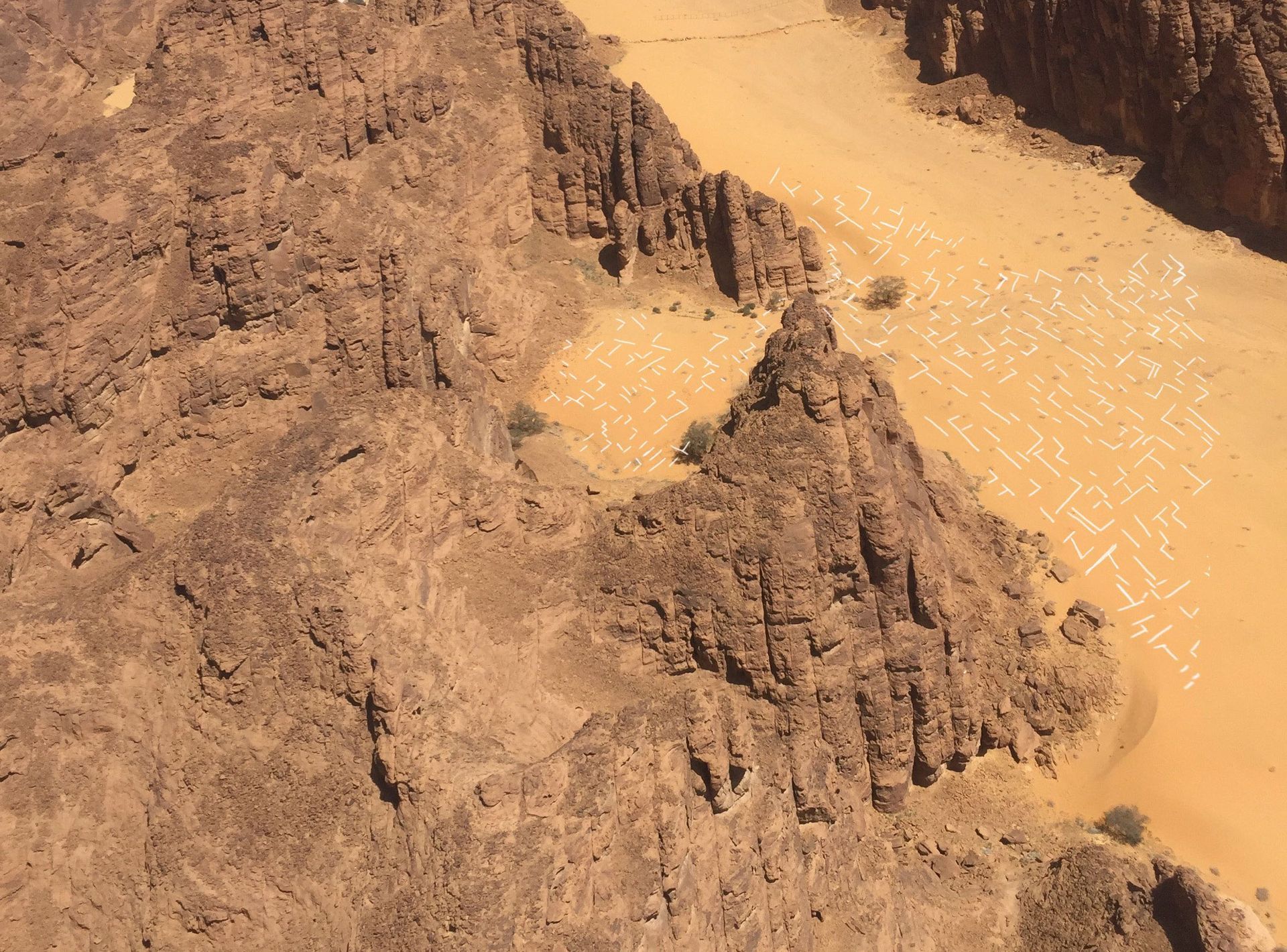
Manal AlDowayan, Wadi AlFann ©Manal AlDowayan
Manal AlDowayan "It's part of the vision of the land: Art. Not soft power, as many Westerners think, but an instrument of diplomacy." Read more on Alethea Talks.
